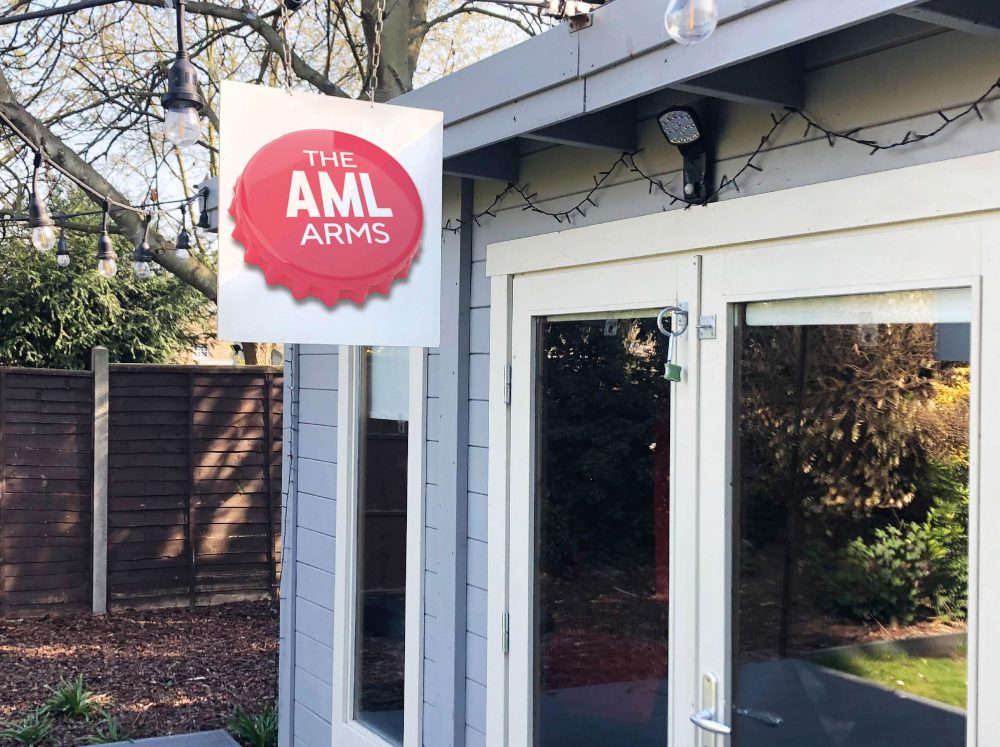Do you know how the wheel got invented? Neither do I, but my theory is that it was a toy, flint-carved from wood and bone to divert a bored child by a handy dad in a cave long ago. Only later did someone work out that it could be used to move Stonehenge. Of course we’ll never know – but if you look at the history of human invention, it’s at least plausible. Steven Johnson’s recent book Wonderland makes a strong case that the cutting edge of innovation lies wherever people are working the hardest to keep themselves and others amused.
As a creative agency we get hired to do something our very clever and serious clients believe they can’t do themselves; to spend our time thinking laterally about a problem, looking at it from different angles and using our understanding of what motivates people to find ideas that will amuse, engage and persuade. We do that by trying different combinations until something unexpected – and hopefully good – happens. By playing around, in fact.
Playing around doesn’t usually fit into the dominant working culture of, say, a bank. (Just look at how differently agency and banking people dress – it might seem trivial, but people want to fit in much more than they’ll admit.) As a bank employee it’s far harder to have the credibility or objectivity to push for what might seem like a challenging or unconventional idea. And when an organization does take it in-house and gets it wrong, there’s no agency to blame or fire.
(Look at Pepsi’s recent disaster in which supermodel Kendall Jenner joins a tastefully diverse, non-specific protest march and defuses a potential conflict with the police armed only with a can of fizzy drink. Conceived in-house at Pepsi, it was culturally and politically tone-deaf, created howls of dismay and was withdrawn in a day at huge cost, both financial and reputational.)
Agencies are an environment where people are expected to play around, to be creative. They build a knowledge base of what works, through working with different clients and audiences which makes this play productive. They offer their clients deniability and fireability.
There is some irony in this perception of agencies as fun, playful places to work. Unlike our big corporate clients, we are an independent, private company operating in a competitive, oversupplied industry (partly because people see it as a fun job) with consequently tight margins. Which means, unlike a global bank, we have to be highly efficient at channeling the playful, creative side of what we do into delivering value for our clients. Or, like many agencies before us, we go out of business.
Of course, we’re very happy for our clients to keep outsourcing creativity to us. They seem to trust us to come up with ideas and we like to think we’re quite good at it. But as well as outsourcing ideas, introducing more creativity into the culture of large organisations can accelerate innovation, build the firm’s intellectual capital and help people feel more stimulated and rewarded. In a world where even the largest firms can be threatened by a startup with a new technology idea, it makes business sense to encourage smart people inside the firm to let go a little more, take more time to mess around with seemingly pointless experimentation, to have some more fun.
There are lots of ways of doing that – we try to work with our clients in stimulating, creative ways even around serious subjects. We’ve seen innovation techniques that are often mocked as unserious – opera, Lego, mindfulness – used to great effect by some very serious (and very successful) businesses.
Like the invention of the wheel, it doesn’t really matter how it actually happens; what’s important is being open to the potential of playing around.
A version of this article first appeared in Chartered Banker magazine


